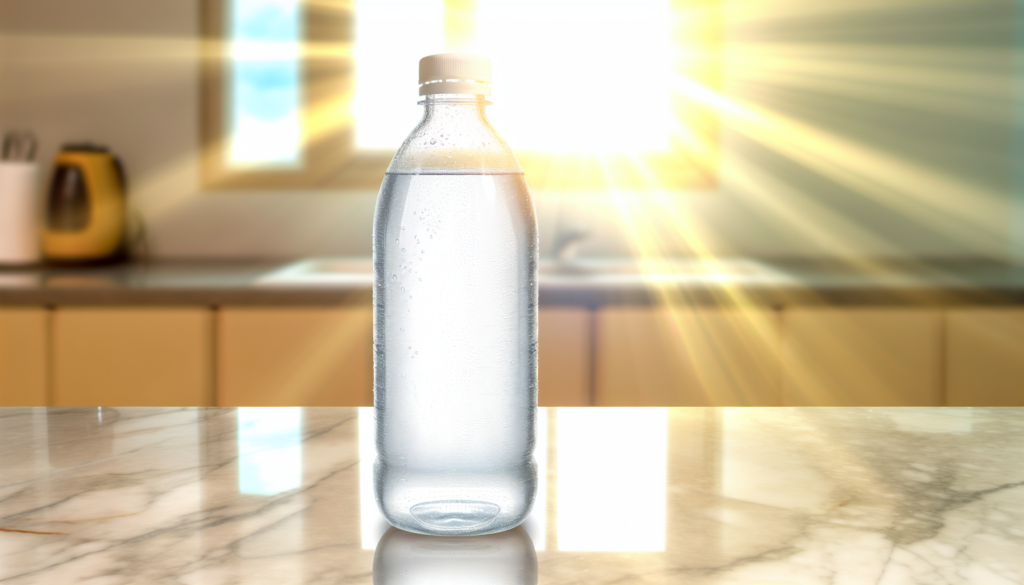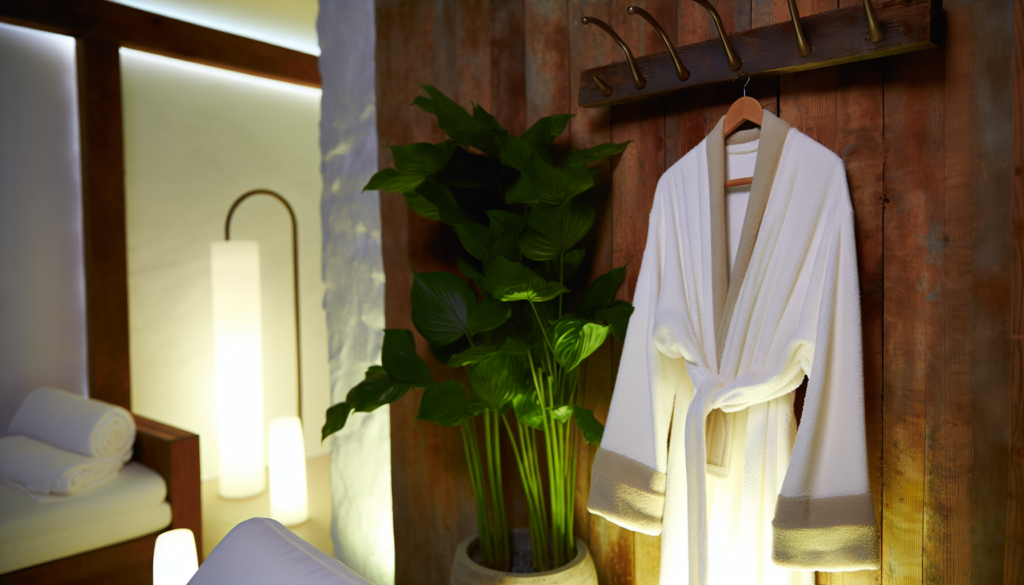Dealing with oily skin can feel like a never-ending battle against shine, clogged pores, and breakouts. If you’ve tried countless products only to find yourself reaching for blotting papers by midday, you’re not alone. The good news? With the right routine and products tailored specifically for oily skin, you can achieve that coveted balance – skin that’s neither too shiny nor too dry, but perfectly mattified with a natural, healthy glow. Finding that sweet spot might take some trial and error, but following a consistent skin routine for oily skin is the key to success.
Understanding Oily Skin: Why Your Face Gets Shiny
Before diving into solutions, let’s understand what’s happening beneath the surface. Oily skin occurs when your sebaceous glands produce excess sebum – the natural oil that keeps your skin moisturized. Several factors can trigger overproduction:
Contrary to popular belief, oily skin needs moisture too! When we strip away too much natural oil, our skin panics and produces even more to compensate. It’s a tricky balance, but with the right approach, you can train your skin to produce less oil over time.
Morning Routine: Start Fresh, Stay Matte
Your morning routine sets the tone for how your skin will behave throughout the day. Here’s how to start on the right foot:
Step 1: Gentle Cleansing
Begin with a gentle foaming cleanser containing ingredients like salicylic acid, tea tree oil, or niacinamide. These ingredients help control oil without stripping your skin. Wash with lukewarm water – hot water stimulates oil production, while cold water doesn’t clean effectively.
Have you ever noticed that harsh cleansers make your skin feel “squeaky clean” but then extra oily by lunch? That tight feeling isn’t a sign of good cleansing – it’s your skin crying out for moisture!
Step 2: Tone and Balance
Apply an alcohol-free toner with ingredients like witch hazel, glycolic acid, or zinc to remove any leftover impurities and rebalance your skin’s pH. Pat it onto your skin rather than rubbing, which can stimulate oil production.
Step 3: Treat with Lightweight Serums
This is where you can address specific concerns. Look for water-based serums with:
Step 4: Hydrate Strategically
Yes, oily skin needs moisturizer! Choose oil-free, non-comedogenic gel or lotion formulations. Ingredients to look for include:
Step 5: Sunscreen (Non-Negotiable)
Finish with a lightweight, matte-finish sunscreen with SPF 30 or higher. Look for mineral-based or oil-free formulas specifically designed for oily skin. Many people skip this step fearing greasiness, but sun damage can actually worsen oil production over time.
Evening Routine: Repair and Reset
Nighttime is when your skin recovers and repairs itself. Focus on removing the day’s buildup and treating your skin while you sleep.
Step 1: Double Cleanse
Start with an oil-based cleanser or micellar water to remove makeup, sunscreen, and surface oils. Follow with your regular cleanser to deeply purify pores.
Step 2: Exfoliate (2-3 times weekly)
Use chemical exfoliants like salicylic acid (BHA) or glycolic acid (AHA) rather than harsh physical scrubs. These ingredients dissolve dead skin cells and excess oil within the pores. Start slowly – over-exfoliating can damage your skin barrier and cause – you guessed it – more oil production!
Step 3: Treatment Products
This is when you can incorporate active ingredients like:
Step 4: Light Moisturizer
Even at night, keep your moisturizer lightweight but nourishing. Some people benefit from using a different moisturizer at night than during the day – perhaps one with slightly more hydrating properties.
Weekly Treatments: Extra Care for Oily Skin
Clay Masks
Once or twice weekly, apply a clay mask containing kaolin, bentonite, or charcoal to absorb excess oil and purify pores. Don’t wait until the mask completely dries and cracks – this can actually dehydrate your skin!
Hydrating Masks
Surprise! Oily skin needs hydration treatments too. Try a gel-based hydrating mask with ingredients like cucumber, aloe, or hyaluronic acid to provide oil-free moisture.
Lifestyle Factors That Affect Oily Skin
Your skincare routine isn’t the only thing that matters. Consider these lifestyle adjustments:
Makeup Tips for Oily Skin
The right makeup approach can help maintain your hard-earned matte finish:
Common Mistakes to Avoid
Even with the best intentions, many people with oily skin make these counterproductive mistakes:
Establishing an effective skin routine for oily skin takes patience and consistency. Remember that what works for someone else might not work for you, so be prepared to make adjustments along the way. Pay attention to how your skin responds to different ingredients and treatments. With time and the right approach, you can achieve that perfect balance – a mattified complexion with a healthy, natural glow that lasts throughout the day. Your skin deserves that kind of care and attention, and you deserve to feel confident in your skin!







